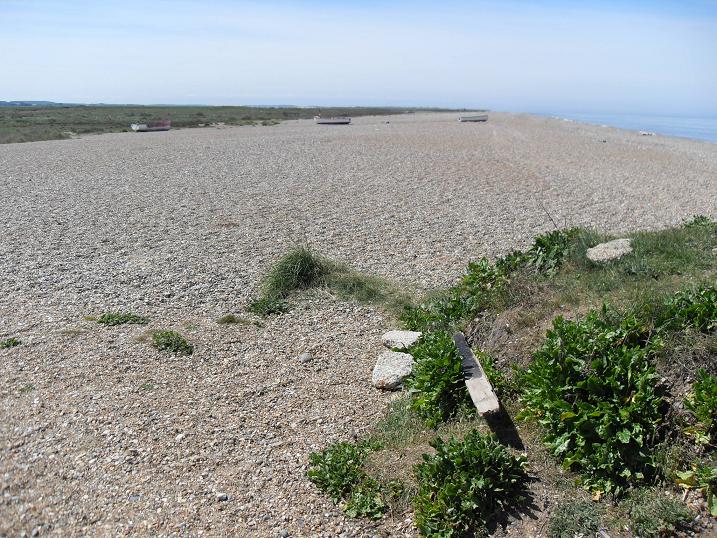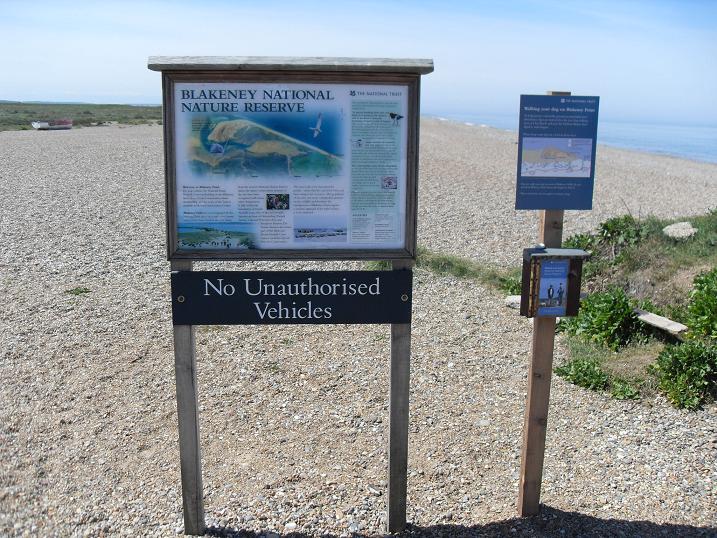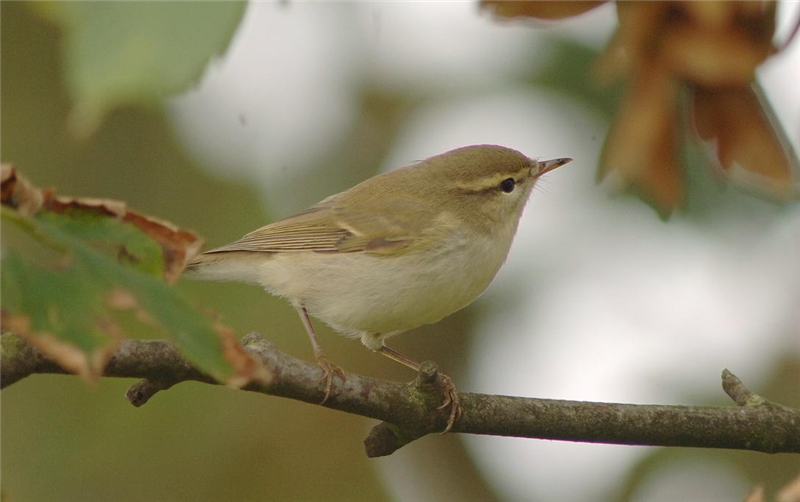Site Images

Blakeney point
view

Blakeney point
view

Greenish Warbler in the plantation by Julian Bhalerao
view
Summary
Probably most famous for its ability to attract migrants.
Location
-
TG048452
-
52.965035, 1.048083
‘The Point’ as it is locally known is probably most famous for its ability to attract migrants. The list of rarities that have turned up here is mouth watering (see “The Birds of Blakeney Point” written by Andy Stoddart, Steve Joyner and James McCallum). If the right fall conditions prevail the bushes can be literally loaded with birds. A classic September fall may include Wheatears, Redstarts, Pied Flycatchers and Whinchats as the common ingredients. If you are lucky a Wryneck, Icterine Warbler, Red-backed Shrike or Barred Warbler. If extremely lucky a Great Snipe or other such rarity. The Point also has an important breeding Tern colony, nesting shore birds and a famous colony of seals.
If you can’t face the walk there are boats from Morston Quay. Beans Boats and Temples offer seal trips some of which land on the Point. However, you only get about an hour out there so an alternative is to get the boat there and walk back to Cley Coastguards.
The full walk is a 7 mile round trip to the lifeboat station, though if you want to do Far Point it is further still. It is advisable to walk at low tide when the hard sand is exposed; at high tide it is a serious slog along the shingle ridge. Most falls on Blakeney Point happen in the afternoon so a good strategy is to set off from Cley around midday getting back early evening, that way you maximise your chance of being in the thick of the action. Check every bush and patch of suaeda as you walk, good areas are the Marrams, Halfway House, the Hood, Yankee Ridge, the Plantation and the Lupins, in that order when walking out.
You can predict a fall to some extent with the ‘classic’ weather conditions but often this can feel like a birdless bleak place, not one for the faint-hearted, if it happens though it can be a magical experience.
Target Species
Terns in summer and migrants in Spring and Autumn.